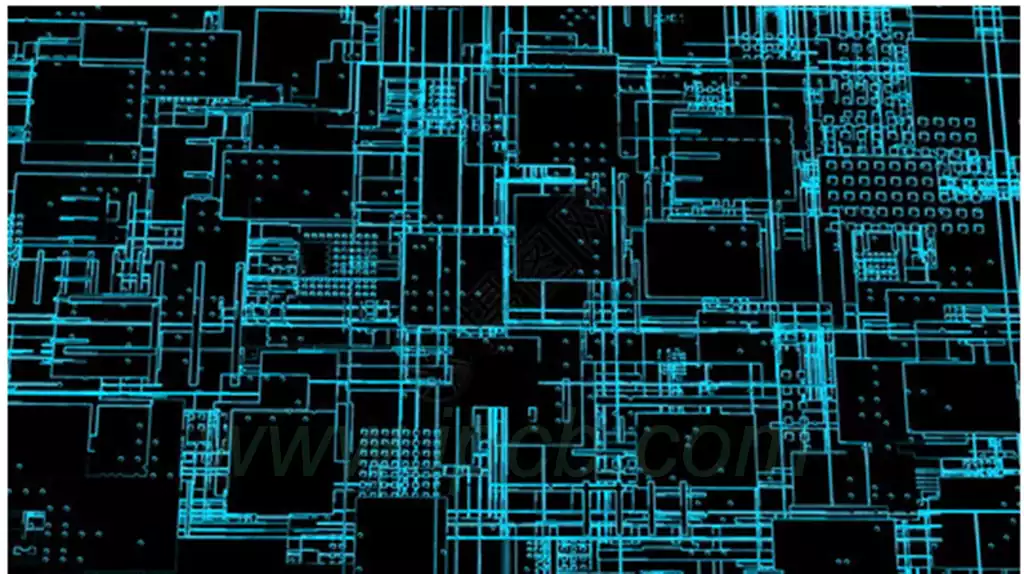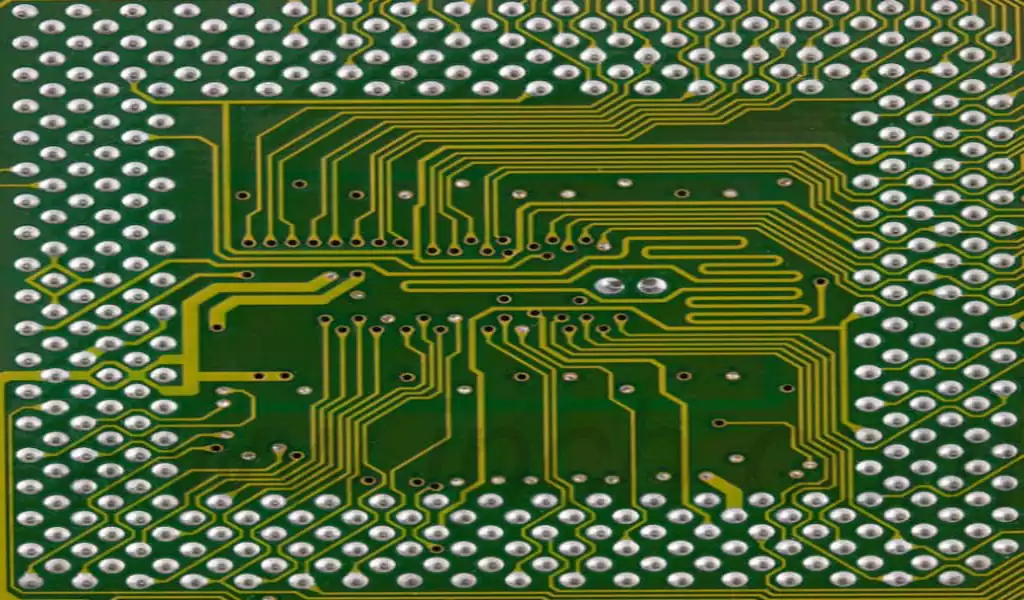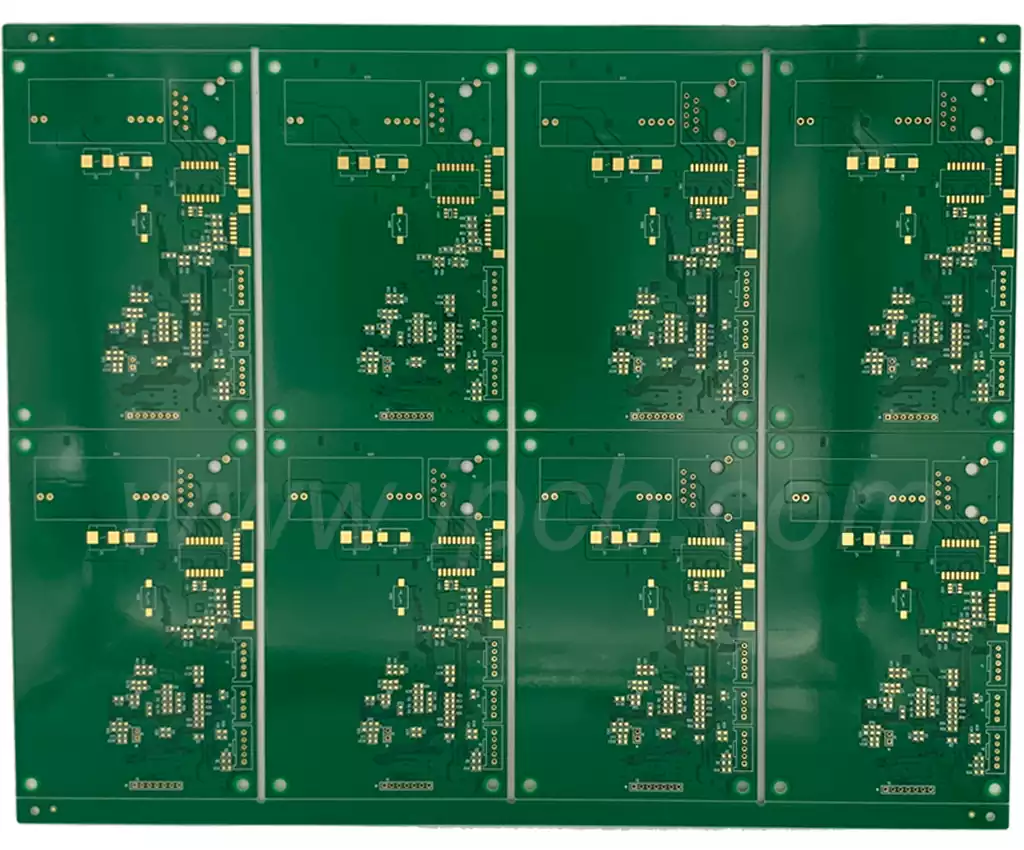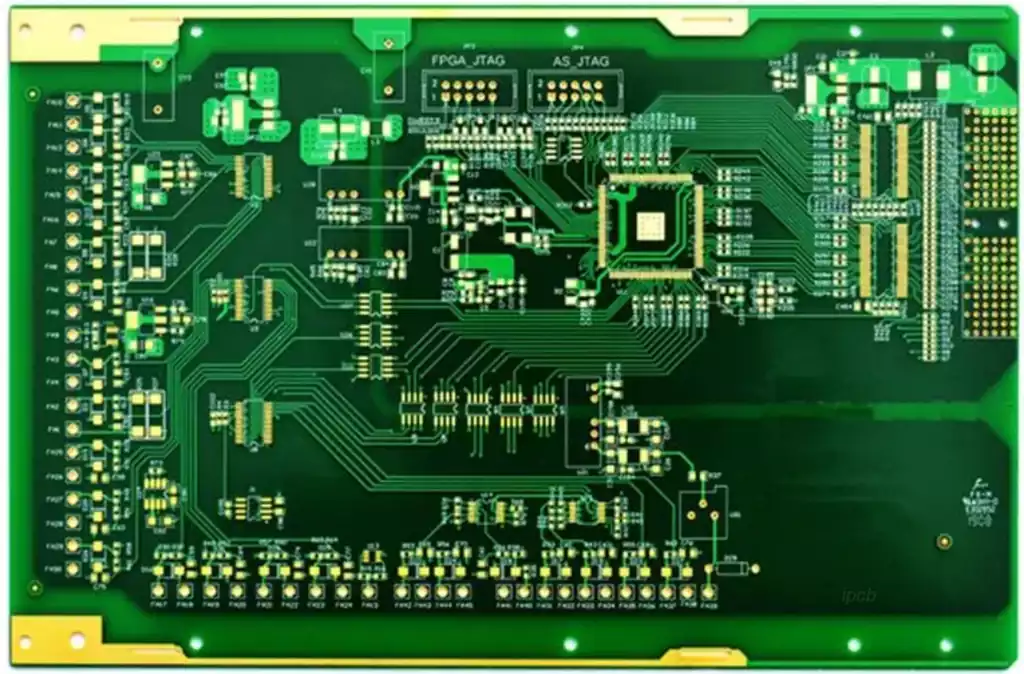Photoresist pcb boards are printed circuit boards manufactured using photoresist technology.The photoresist used in Photoresist pcb boards is a light-sensitive material that is usually applied to the surface of the board in the form of a layer of photosensitive resin. In the production process of circuit boards, UV light is projected onto the photoresist, which causes a chemical reaction in the light-exposed area, resulting in the formation of a predetermined pattern. After that, after corrosion, plating and a series of processing technology, and ultimately in the circuit board to form conductive lines, pads and patches for mounting components, etc., to complete the production of circuit boards.
PCB photoresist is mainly divided into two categories of positive photoresist and negative photoresist:
Positive photoresist (i.e., anode photoresist) in the UV light irradiation, the irradiated area will be cured, while the unirradiated area can be cleaned off by solvents. This type of photoresist is commonly used in the manufacture of single-sided circuit boards.
Negative photoresists (i.e., cathodic photoresists), on the other hand, are irradiated with UV light so that the irradiated areas can be cleaned off by solvents, while the unirradiated areas are cured. Negative photoresists are usually used in the production of double-sided circuit boards, multilayer circuit boards and so on.
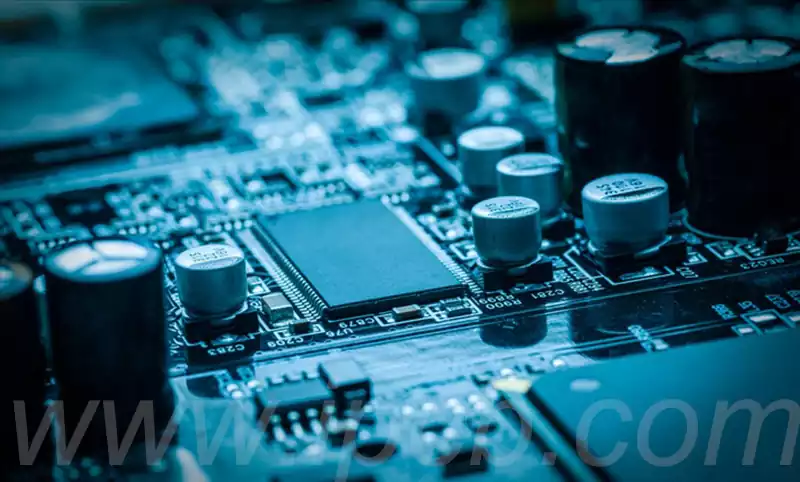
Characteristics of photoresist pcb board:
(1) The photoresist is highly sensitive to UV light and can respond quickly and accurately to UV light irradiation.
(2) Photoresist has the characteristic of high resolution, and can accurately form lines, pads and other fine patterns on the surface of the circuit board.
(3) The photoresist has strong adhesion, and can form a solid pattern on the surface of the circuit board that will not come off easily.
(4) photoresist has a certain degree of chemical resistance, can resist a certain degree of chemical corrosion in the circuit board production process.
(5) photoresist has good temperature resistance, can withstand certain temperature fluctuations in the circuit board production process.
The principle of photoresist in PCB manufacturing mainly includes the following steps:
Coating photoresist: photoresist can be applied to the surface of the substrate through the form of wet or dry film. Wet film photoresist is applied directly in liquid form, while dry film photoresist is pre-coated on a carrier film to form a solid film and then attached to the substrate.
Exposure: The dry film photoresist is pressed onto the copper-clad laminate under heated and pressurised conditions. Through the exposure process, the photoresist is irradiated with radiation sources such as UV light, electron beams or X-rays, causing it to undergo a photochemical reaction.
Developing: After the exposed photoresist has gone through the developing step, the unexposed portion of the photoresist is dissolved and removed, leaving the exposed pattern. This step determines the precise transfer of the circuit pattern.
Etching: Using the photoresist’s resistance to etching, the copper-clad board is etched to remove the portion not covered by the photoresist and form the desired circuit pattern. After the etching is completed, the photoresist is removed, and the final printed circuit board is obtained from the fine copper lines
PCB Photoresist Applications
PCB photoresists are widely used in the circuit board fabrication process. Before the circuit board production, the photoresist is first coated on the surface of the circuit board, and then by irradiating UV light on the photoresist, the conductive lines, pads, patches and other components of the circuit board are formed.
Photoresist plays a vital role in the circuit board fabrication process. It can help to produce a circuit board surface fine lines, pads and other patterns. At the same time, photoresist can also protect the surface of the circuit board from chemical corrosion.
Photoresist pcb board is an indispensable and critical material in circuit board manufacturing, enabling the precise transfer of circuit graphics through precise process steps. It helps the circuit board industry produce high-quality circuit patterns and protects circuit boards from corrosion. In the future, photoresists will continue to drive the development and innovation of circuit board technology.
